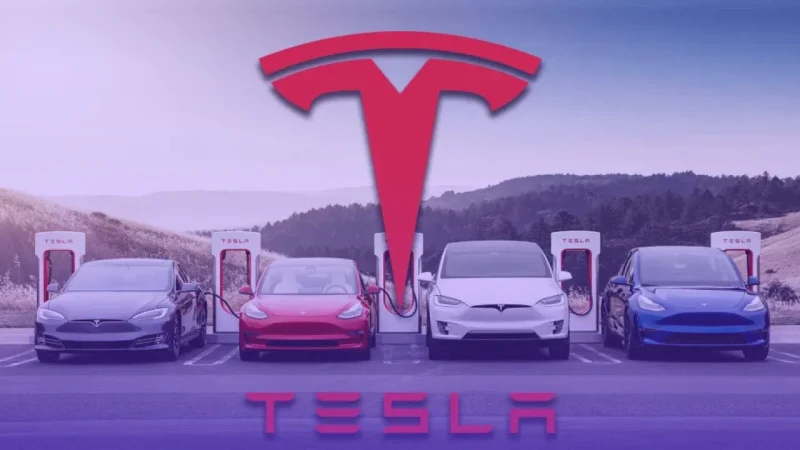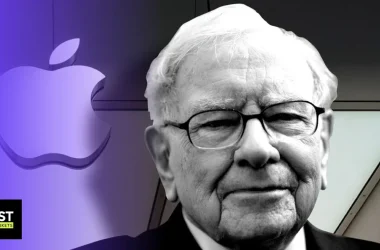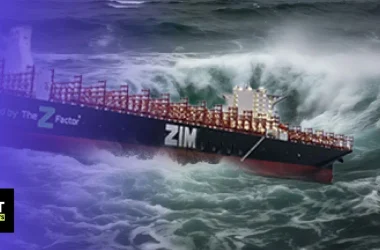TSLA stock has been going in all sorts of directions lately. After being down 40% since the beginning of the year, it went up around 19% when CEO Elon Musk visited China to get Tesla’s (NASDAQ: TSLA) FSD software approved in the country, but it fell another 5% soon after. The dip came amid reports of more layoffs at the company, with the loss eating into some of the big gains following China’s FSD approval.
This latest round of job cuts, which includes some senior executives, rang alarm bells for TSLA stock investors, and many thought they are a sign that the EV maker is still struggling to find its footing after a massive hiring spree over the past two years that expanded its staff by almost 40%. Wedbush Securities’ Dan Ives commented on the layoffs, saying that nothing is off the table with these layoffs, and that Musk is trying to send a signal that says Tesla is going through difficulties that are forcing them to make some really tough decisions.
The New Tesla Layoffs
The Information recently reported the layoffs of hundreds of Tesla staffers including Rebecca Tinucci, who supervised the charging infrastructure, and Daniel Ho, who was responsible for overseeing vehicle programs and new products. Additionally, Tesla’s senior manager of site acquisition and business development for Tesla’s commercial charging program, also said on LinkedIn that he had been laid off.
The cuts mainly affected the company’s Supercharger team of around 500 people, and almost all of them were apparently let go. Layoffs often happen because companies want to save costs, so they can be a sign of the company’s operations weakening. But for this round of layoffs, investors were specifically worried about how Tesla’s supercharger operations would continue.
For instance, with less staff in the Supercharger division, maintenance issues may not get addressed promptly, plans to build new charging locations could be delayed, and upgrades to existing stations may also get postponed. According to data collected by the U.S. Department of Energy, there are around 2,230 Tesla Supercharger stations in the U.S. housing more than 25,000 Tesla Supercharger ports, so it’s not like Tesla is losing market share when it comes to charging, especially because competitors like Ford (NYSE: F) and General Motors (NYSE: GM) choose to sign agreements with Tesla that allow them to use its Superchargers.
In fact, what investors are really worried about is how the layoffs will impact the network’s expansions and the overall service quality, but Elon Musk quickly addressed investors’ concerns.
Musk’s Response
In a post on X, Elon Musk said that the company remains committed to growing its EV charging network, just at a slower pace for new locations so it can focus more on expanding its existing locations and reaching 100% uptime. Therefore, Tesla’s decision to lay off nearly its entire Supercharger team at a moment of triumph definitely signals a shift in strategy, and this was basically confirmed when Electrek reported that Tesla was pulling out of four leases for new charging stations in New York.
However, not everyone agrees with this strategy shift, as a large charging network supports long-range travel to anywhere in the country, and that is fundamental to increasing EV adoption. Many also thought that Tesla opening up its charging network to different automakers then choosing to slow down expansions sounds very counterintuitive. But it’s important to note that other automakers like Ford and General Motors have responded to the media’s questions about this, saying that their plans of allowing their customers to use Tesla’s superchargers haven’t changed.
The Information managed to view a leaked email from Elon Musk to Tesla’s executives, where he confirmed the layoffs of Tinucci, the majority of her team, and Ho. But they weren’t the only people impacted, as the majority of Tesla’s public policy team will also be laid off, just a week after Tesla’s advertising team was laid off because Musk didn’t think the Tesla ads were good executive enough.
In the email, Musk said that he wants Tesla to be “absolutely hard core” about headcount reduction, saying that executives whose subordinates “don’t obviously pass the excellent, necessary and trustworthy test” would find themselves relieved of duty as well. He also maintained the layoffs were necessary to increase efficiency, trim the fat, and weather macroeconomic challenges and although risks accompany such substantial workforce reductions, Tesla aims to operate leaner with greater focus on roles deemed essential to its mission.
What Musk Needs to Do After the Tesla Layoffs
The Tesla layoffs represent Musk’s bold gambit to reshape Tesla’s structure almost overnight into one better positioned for profitability and long-term success. Following the slump in vehicle sales in the first quarter, Tesla announced that it’s laying off 10% of its global staff, which were around 14,000 people, to cut costs and increase efficiency. This wasn’t seen as an entirely terrible thing for Tesla, as Managing Partner of the Future Fund, Gary Black, pointed out on X that if we assume that those employees get an average salary of $100,000 annually, then by doing the math, Tesla would end up saving around $1.4 billion a year.
The same logic could be applied for these layoffs. Laying off around 500 employees means that Tesla could save an extra $50 million. But layoffs aren’t sustainable for a firm’s growth, as they could slow down development and have a negative impact on the morale of the employees not affected by the layoffs. At this point, Tesla needs to focus on how to start winning people back by doing work that could offset the impact of the layoffs. For instance, it could continue its FSD expansions in China and other countries, and conduct more FSD trials in Europe and other Asian countries.
Also, Tesla could speed up the release of its affordable car models, which would make perfect sense for Tesla’s current strategy. If Tesla chooses to limit charging expansions, it could instead focus on ramping up production of vehicles that will help it enter new markets and win back the trust of investors and Wall Street analysts.
What’s Next for TSLA Stock?
The recent job cuts at Tesla might be aimed at reducing costs and improving efficiency, but they’re really a double-edged sword. Tesla could use the money it will save from the layoffs to redirect resources toward the development of FSD and Robotaxis, which will be the main drivers behind Tesla’s growth in the future, but at the same time, ignoring something as critical as the Supercharger network could cause Tesla’s revenues to take a massive hit.
Tesla reports its revenues from its charging networks in a segment called “services” and last year, this segment’s sales grew by a whopping 37% in 2023 compared to the previous year, and in total, this segment contributed $8.3 billion to Tesla’s 2023 revenue of $96.8 billion. Also, AutoForecast Solutions says Tesla could generate $6 billion to $12 billion in annual charging revenue by 2030 by opening its charging stations to other automakers, so Tesla has a lot to lose by abandoning this segment.
Therefore, there’s a lot on the line, and much depends on how strategically Tesla approaches the downsizing, as missteps could damage a huge part of the company and in turn harm TSLA stock. Looking ahead, we’ll keep close tabs on Tesla’s restructuring game plan, as well as its new product releases and FSD advancements. The coming quarters will reveal if the layoffs were truly beneficial or not, and whether Tesla can accelerate out of challenges stronger than ever under Musk’s leadership and vision.
Disclaimer
Please visit and read our disclaimer here.









